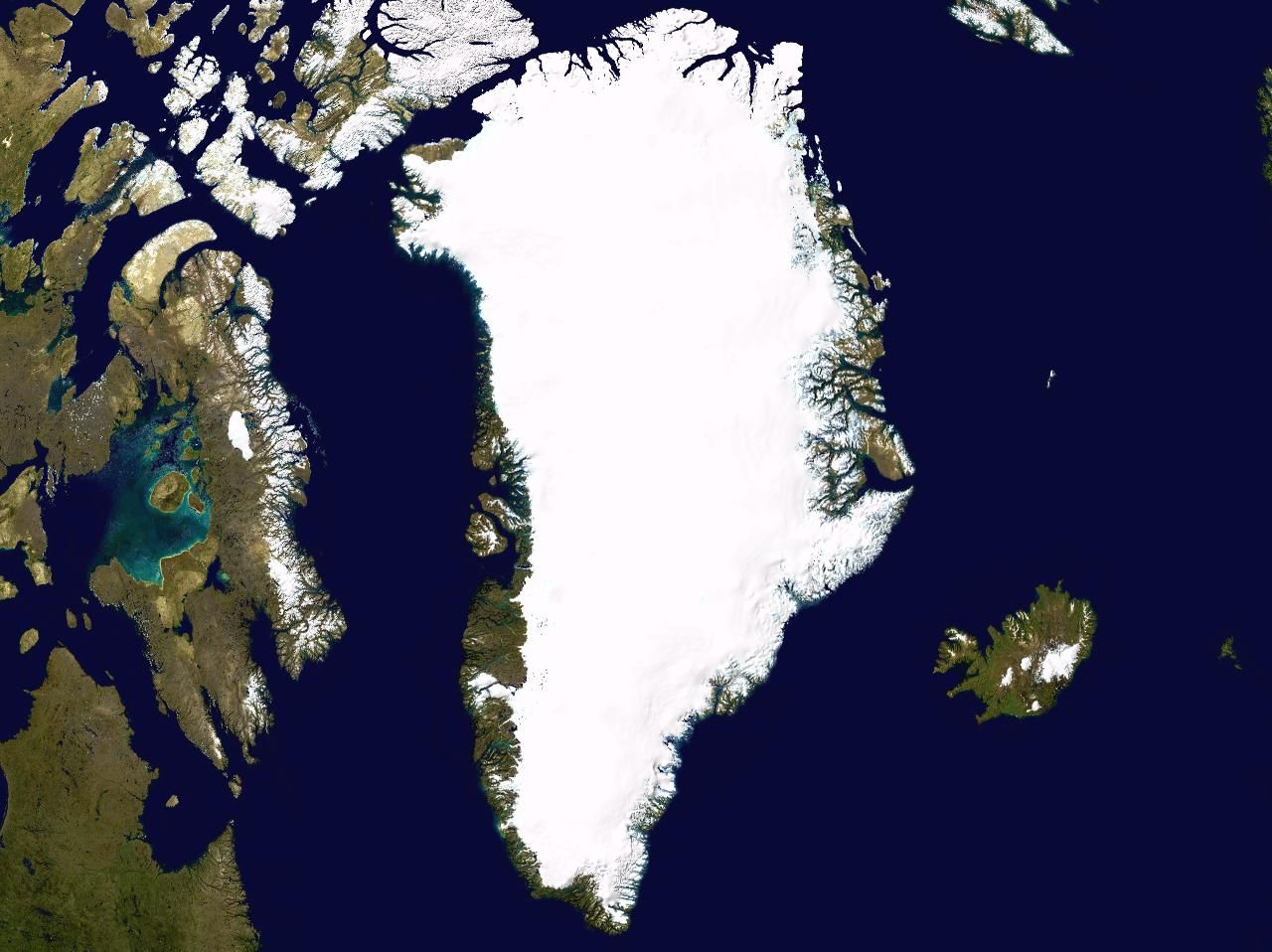Greenland Rises Due to Global Warming, and Not Just Slightly
Follow us on Google News (click on ☆)

Image Wikimedia
Since the end of the last Ice Age, about 11,700 years ago, the retreat of glaciers has relieved pressure on Greenland's bedrock, allowing it to rise, a process known as isostatic glacial rebound. Currently, Greenland is losing about 262 gigatonnes (289 million US tons) of ice per year, largely due to modern climate changes. Peripheral glaciers alone contribute to a loss of 42 gigatonnes (46.3 million US tons) of ice. A recent study highlighted that the loss of glacier ice accounts for a significant part of the elevation of Greenland's bedrock, up to nearly a third of the total vertical movement in certain areas.
Danjal Longfors Berg, a PhD student at the Technical University of Denmark, and his team used data from GPS monitors to measure vertical movement since 2007. They determined that the loss of glacier ice was responsible for a large part of Greenland's elevation, with rebound rates of 32% and 27.9% in two drainage basins to the north and east of the territory. The highest rebound rate was observed near the Kangerlussuaq Glacier in Southeast Greenland, where the ground is rising by about 0.315 inches (8 millimeters) per year.
Understanding the elevation of Greenland's bedrock offers a complementary method for measuring the region's loss of ice. By combining this measurement with other techniques, such as altimetry and gravity variations detected by satellite, scientists can achieve accurate estimates of the amount of ice lost. This information is essential for predicting the impact of ice melt on sea level rise, underscoring the importance of monitoring these changes in the context of global climate change.